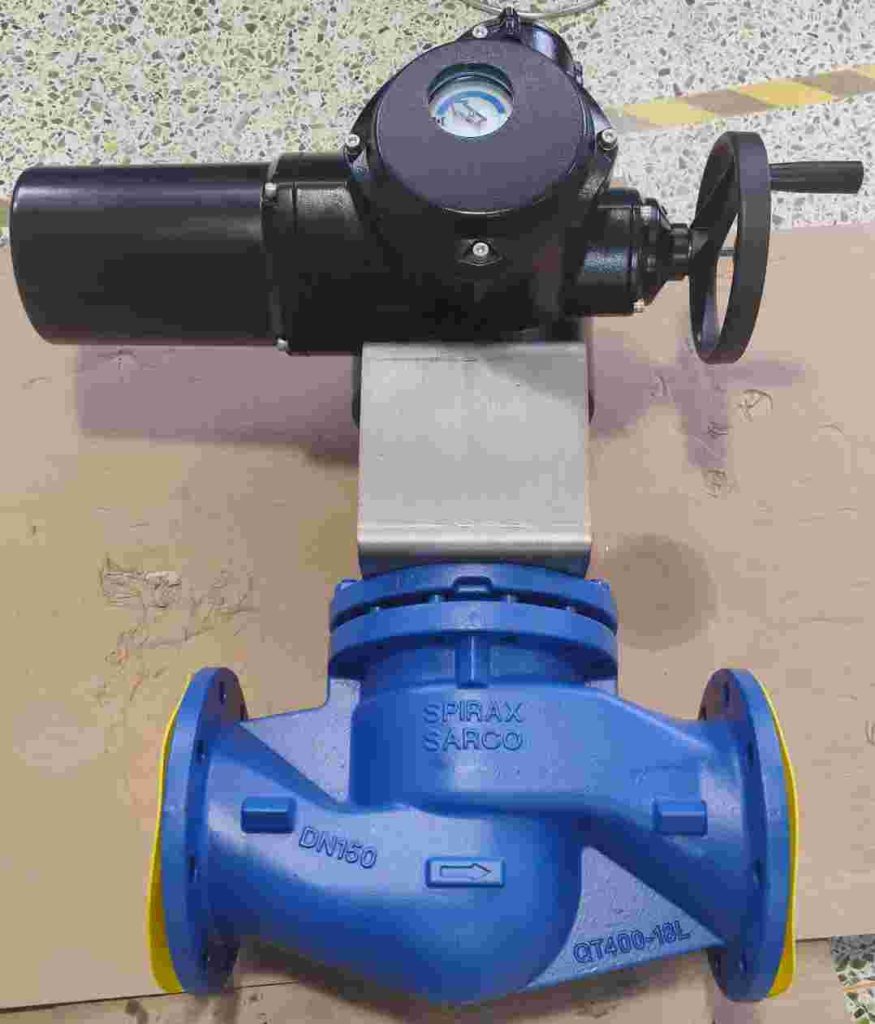Electric globe valves are widely used in industries that require precise control of the flow of fluids, gases, and other materials in piping systems. These valves operate with the help of an electric actuator, which provides the necessary force to move the valve stem and control the flow rate effectively. Their ability to provide accurate regulation and control makes them an essential component in various applications, from water treatment plants to chemical processing and power generation. This article will delve into the key aspects of electric globe valves, including their design, working principles, advantages, and common applications.

What is an Electric Globe Valve?

An electric globe valve is a type of control valve that regulates the flow of liquids, gases, and slurries within a pipeline. The design of a globe valve consists of a spherical body with an internal baffle or disc, which moves vertically to open or close the flow path. The electric actuator attached to the valve provides automatic control by converting electrical energy into mechanical motion, thus moving the valve stem. This precise motion enables the valve to regulate the flow more effectively compared to manual valves, offering improved efficiency and accuracy. Design and Working Principles

Leave a Reply